Table of content
Introduction
Pea pods, also commonly known as snap peas or sugar snap peas, are a delightful and nutritious addition to any meal. Their crisp texture and sweet flavor make them a favorite among many home cooks and food enthusiasts. However, like any fresh produce, storing pea pods correctly is crucial to preserving their freshness, taste, and nutritional value. Improper storage can lead to rapid spoilage, loss of flavor, and even the development of harmful bacteria. In this comprehensive guide, we will explore various methods for storing pea pods, from immediate consumption to long-term preservation, ensuring you always have access to this delightful vegetable at its best.
Understanding Pea Pods
Before diving into storage techniques, it’s essential to understand the basic characteristics of pea pods. Pea pods are a type of legume that grows in pods containing small, edible peas. They are harvested while the pods are still tender and green, making them perfect for fresh consumption. Pea pods are high in vitamins A, C, and K, as well as dietary fiber and various antioxidants. Their delicate nature means they require careful handling and storage to maintain their quality.
The Importance of Proper Storage
Proper storage of pea pods not only extends their shelf life but also preserves their nutritional benefits and flavor. Improper storage conditions, such as excessive heat, humidity, or exposure to oxygen, can cause the peas to lose moisture, become limp, develop off-flavors, or even spoil. Conversely, well-maintained storage conditions can keep pea pods fresh for several days to weeks, depending on the method used.
Immediate Consumption: Refrigeration
For those planning to consume pea pods within a few days of purchase, refrigeration is the simplest and most effective method of storage. Here’s how to do it correctly:

-
Inspection and Sorting: Upon bringing home fresh pea pods, inspect them carefully. Remove any pods that are damaged, discolored, or have soft spots. These are signs of spoilage and can quickly spread to other pods if left together.
-
Trimming: Trim the ends of the pea pods. This not only improves their appearance but also helps slow moisture loss and spoilage.
-
Packaging: Place the trimmed pea pods in a plastic storage bag or an airtight container. If using a bag, consider removing as much air as possible before sealing to minimize oxygen exposure.
-
Refrigeration: Store the packaged pea pods in the crisper drawer of your refrigerator. The crisper drawer maintains a higher humidity level and a more consistent temperature, which is ideal for fresh produce.
-
Consumption: Aim to consume the refrigerated pea pods within 3-5 days for optimal freshness and flavor.
Short-Term Storage: Freezing for Later Use
If you anticipate not using all your pea pods within a few days, freezing is an excellent option for preserving them. Freezing slows down the enzymatic and microbial activities that cause spoilage, allowing you to enjoy pea pods months later. Here’s a step-by-step guide to freezing pea pods:
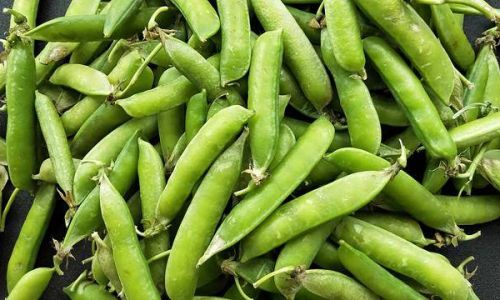
-
Preparation: Start by washing the pea pods thoroughly under cold running water. Pat them dry using a clean kitchen towel or paper towels. Excess moisture can cause ice crystals to form during freezing, which can damage the cells of the peas and affect their texture upon thawing.
-
Blanching: Blanching is a crucial step in freezing pea pods. It stops the enzymatic activity that would otherwise cause the peas to continue ripening and spoiling in the freezer. To blanch pea pods, bring a large pot of water to a rolling boil. Add a small batch of pea pods to the boiling water and cook for about 2-3 minutes. Use a slotted spoon or strainer to remove them from the water and immediately plunge them into an ice water bath to stop the cooking process. Repeat this process until all the pea pods are blanched.
-
Drying: After blanching and cooling, drain the pea pods well and pat them dry with clean towels. Ensure they are completely dry to prevent freezer burn.
-
Packaging: There are several options for packaging frozen pea pods. You can place them in freezer-safe plastic bags, removing as much air as possible before sealing. Alternatively, use vacuum-seal bags or airtight containers designed for freezer use. For best results, consider portioning the pea pods into smaller bags or containers, as this makes it easier to thaw only what you need.
-
Labeling and Freezing: Label the packages with the date and contents. This helps you keep track of how long the pea pods have been frozen and ensures you use the oldest batches first. Place the packages in the freezer, preferably on a flat surface to prevent them from becoming crushed or stuck together.
-
Thawing and Use: When ready to use, thaw the frozen pea pods in the refrigerator overnight. Alternatively, you can place them in a colander and run cold water over them until they are thawed. Avoid thawing at room temperature or using hot water, as this can promote bacterial growth. Once thawed, use the pea pods immediately and do not refreeze them.
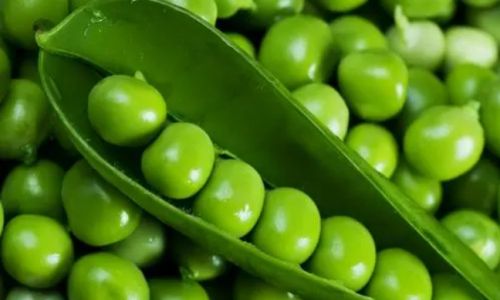
Long-Term Preservation: Canning and Drying
For those interested in long-term preservation methods, canning and drying are viable options. However, these methods require more time, equipment, and expertise than simple refrigeration or freezing.
Canning Pea Pods
Canning involves processing food in jars and sealing them to create an environment that prevents spoilage. Here’s how to can pea pods:
-
Preparation and Blanching: Follow the same preparation and blanching steps outlined for freezing.
-
Jar Preparation: Sterilize the jars and lids by boiling them in water for at least 10 minutes. Use canning jars specifically designed for this purpose.
-
Packing: Pack the blanched and cooled pea pods tightly into the jars, leaving headspace as recommended by your canning recipe or the manufacturer’s guidelines.
-
Liquid Addition: Pour boiling water or a canning syrup over the pea pods, ensuring there is no air pocket and the headspace is correct.
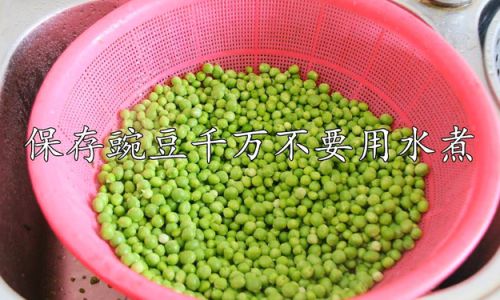
-
Sealing and Processing: Wipe the jar rims clean, apply the lids, and screw on the bands tightly. Place the jars in a pressure canner and process according to the recommended time and pressure for your altitude and jar size.
-
Cooling and Storage: After processing, remove the jars from the canner and let them cool completely. Check for proper sealing by pressing the center of each lid. If it does not pop up, the jar is sealed. Store sealed jars in a cool, dark place.
Drying Pea Pods
Drying, or dehydrating, involves removing moisture from food to prevent microbial growth and extend shelf life. While drying pea pods is less common than canning or freezing, it can be done using a food dehydrator or an oven set to a very low temperature.
-
Preparation: Wash and pat the pea pods dry. You can leave them whole or slice them into smaller pieces for quicker drying.
-
Blanching (Optional): Blanching is optional for drying but can help retain color and texture. Follow the same blanching process as for freezing.
-
Drying: Spread the prepared pea pods in a single layer on the trays of a food dehydrator or on baking sheets lined with parchment paper. Set the dehydrator to the recommended temperature for vegetables, typically around 125-135°F (52-57°C). If using an oven, set it to the lowest possible temperature, usually around 150°F (65°C), and prop the door open slightly with a wooden spoon to allow moisture to escape.
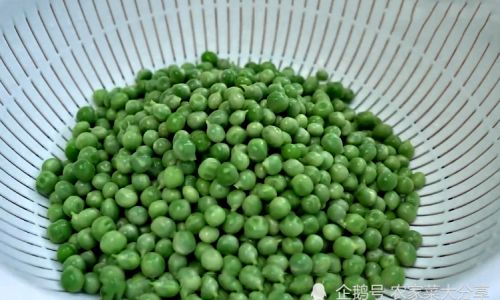
-
Monitoring: Dry the pea pods until they are completely brittle and have no moisture left. This can take several hours to a day, depending on the method and conditions.
-
Storing: Once dry, store the pea pods in airtight containers or vacuum-seal bags in a cool, dark place. They can last for several months to a year, depending on storage conditions.
Conclusion
Storing pea pods properly is key to enjoying their fresh flavor and nutritional benefits for as long as possible. From simple refrigeration for immediate consumption to more involved methods like freezing, canning, and drying for long-term preservation, there are multiple options to suit your needs. By following the guidelines outlined in this guide, you can ensure that your pea pods stay fresh, delicious, and safe to eat, no matter how long you plan to keep them. Happy cooking!
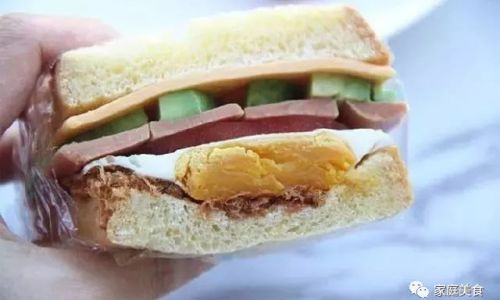

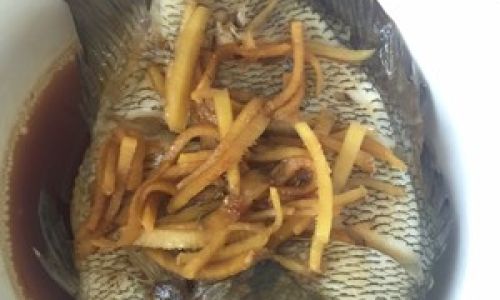
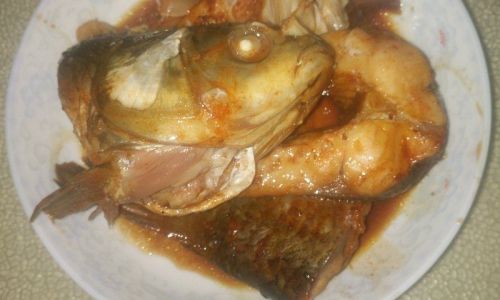
0 comments